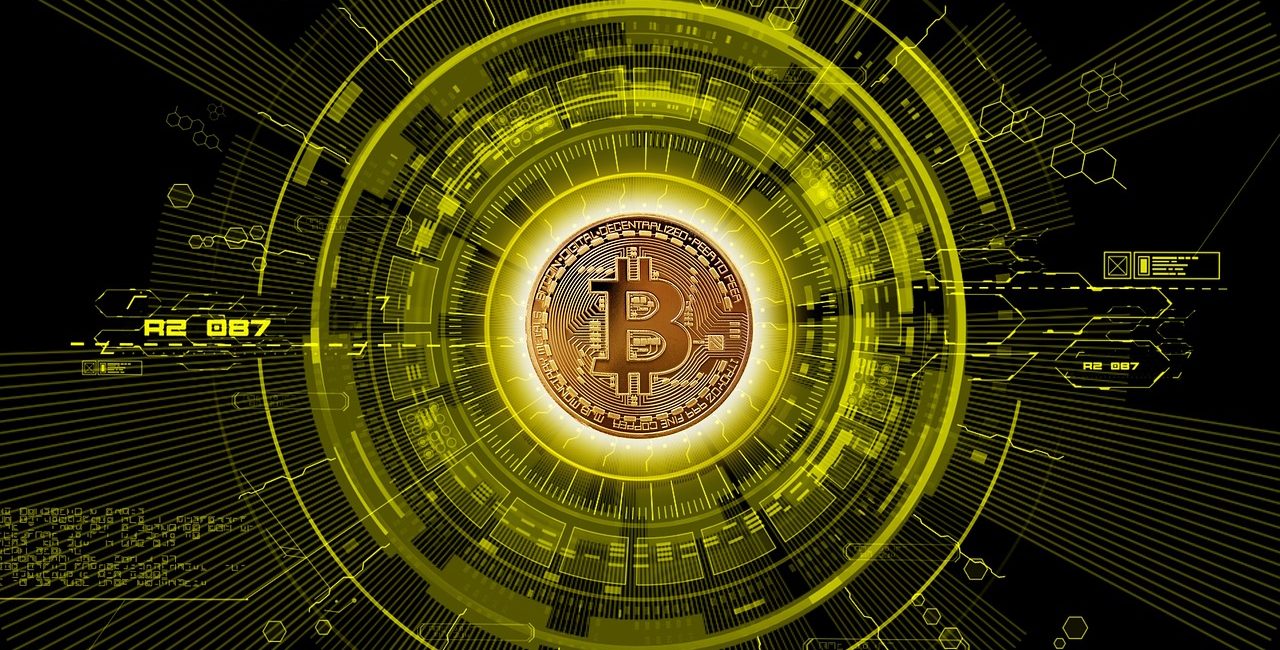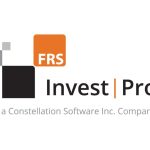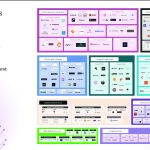
With precious metals prices at historic highs and regulatory uncertainty increasing, investors face critical decisions about gaining exposure to gold and silver markets. While ETFs and mining stocks offer convenience, physical ownership provides distinct advantages in today’s unpredictable financial landscape.
Everett Millman, precious metals specialist at Gainesville Coins, outlines key considerations for investors weighing these options.
Understanding Counterparty Risk
The most significant advantage physical metals offer over alternatives is the elimination of counterparty risk—the possibility that the other party in a financial transaction may not fulfill its obligations.
“The biggest advantage that owning physical metals has to ETFs is that ETFs have counterparty risk,” Millman explains. “You literally have bullion banks having to borrow metal in order to satisfy the immediate demand for that metal.”
This risk was recently highlighted during a supply crunch involving the Bank of England, where banks needed to borrow gold to meet market obligations.
“It’s a weird concept,” Millman notes. “We don’t have to get in the weeds with it of leasing gold, like you’re borrowing the gold presumably to sell it, but then that means that you need to get the gold back at some point to give it back to who you borrowed it from.”
With physical ownership, these complications disappear. “When you have a physical metal, you don’t have to worry about it. You just have the gold. It’s not anybody else’s liability to make sure they’re able to get it to you, or they’re able to get the capital to cover it.”
Mining Stock Vulnerabilities
For investors considering mining stocks as an alternative to physical metals or ETFs, Millman identifies jurisdictional risks that have become increasingly relevant.
“A gold mining company might have most of its mines and assets in a country outside of North America,” he says. “There is always the risk that that government changes its rules and regulations regarding how much of its natural resources can be exported.”
These risks extend beyond regulatory changes to include potential trade disputes, particularly relevant in today’s geopolitical environment.
“They don’t want to export their gold or silver to the United States because of tariffs,” Millman adds, highlighting how international tensions can directly impact mining operations.
The Mexico Factor for Silver Supply
Current trade dynamics with Mexico illustrate these vulnerabilities, particularly for silver investors.
“80% of the silver that is consumed in the United States total each year comes from overseas, and half of that comes from Mexico,” Millman reveals. “Mexico is by far the largest supplier of silver to the US.”
With ongoing trade negotiations and potential policy shifts, this supply relationship faces uncertainty. “How is trade between the US and Mexico going to look in coming years? Is it going to change? Are there going to be more protectionist measures?”
These questions leave mining companies in a precarious position. They could potentially be unable to secure reliable access to silver deposits or export their production to key markets like the United States.
Physical Ownership Simplifies the Equation
Amid these complexities, physical precious metals offer straightforward ownership without third-party risks.
“None of that matters when you own the physical metal yourself,” Gainesville Coins’ Millman emphasizes. “You have the metal. It’s just a matter of finding someone who’s willing to buy it and there’s always a willing buyer.”
This direct ownership bypasses the entire network of counterparties, financial institutions, and international trade agreements that could disrupt other forms of precious metals investment. Gainesville Coins customers frequently cite this simplicity and security as primary reasons for choosing physical metals over paper alternatives.
Asymmetrical Risk Profile Benefits Physical Metals
Beyond eliminating counterparty and jurisdictional risks, physical precious metals offer a unique risk-reward profile in today’s uncertain environment.
“The risks are very asymmetrical,” Millman explains. “There is a risk that you buy gold and the price goes nowhere, or the price even goes down. And so you lose a little bit on your investment. That’s the downside.”
However, the potential protection during market disruptions or economic crises provides a considerable upside. While the precise magnitude of this benefit is difficult to quantify, Millman suggests it serves as valuable insurance against tail risks in the current environment.
Making the Choice
When investors evaluate how to gain exposure to precious metals, the decision ultimately depends on their objectives, risk tolerance, and investment horizon.
While ETFs offer convenience and mining stocks leverage metal prices, physical ownership provides unmatched security against counterparty and jurisdictional risks, particularly valuable during periods of regulatory uncertainty and geopolitical tension.
Gainesville Coins recommends that investors carefully assess these trade-offs while considering that physical precious metals provide unique protection against risks that may not be immediately apparent in other investment vehicles. For personalized guidance on building a physical precious metals portfolio, Gainesville Coins offers expert consultation on selecting the most appropriate gold and silver products based on individual investment goals.












